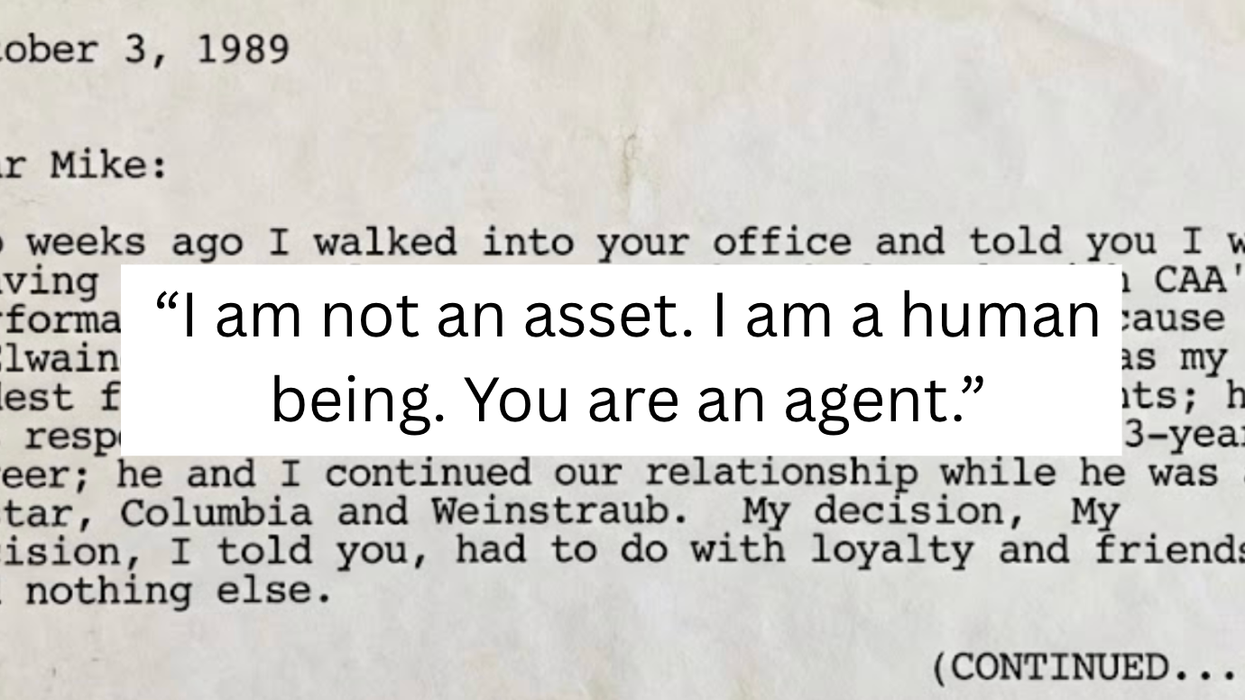In rural sub-Saharan Africa, most people are farmers, and for part of the year, they go hungry.
It’s called the hungry season. I encountered it when I lived in a farming community in Malawi for two years as a Peace Corps volunteer. Families in my village subsisted off of the maize and beans that they harvested, but there was only one growing season, and making stocks last an entire year was difficult. Imagine growing all of your family’s food for an entire year using just a hoe, seeds you saved from the year before, and a one acre plot of nutrient-depleted soil.
In 2005, a business student named Andrew Youn visited villages in western Kenya that undergo a hungry season. Youn had already graduated from Yale magna cum laude and he was about to earn his MBA. He met two farmers who were next-door neighbors in the village of Bungoma. “One was yielding two tons of food per acre and her family was thriving,” he says. “Her neighbor was yielding four times less, she had lost a child, and she was badly off. The only difference was seed, fertilizer, and training.”
Many people with good intentions waltz into Africa thinking they have a cure-all for complex problems, but Youn did not approach development with a smug attitude. He just had an idea he wanted to test: What happens when you provide a complete “bundle” of goods and services to struggling farmers, including improved seed, fertilizer, credit, training, and market facilitation? He decided to try it out, and founded the organization One Acre Fund. In 2006, the group's first year of operation, Youn and his colleagues served 300 families. They’ve now reached 75,000 families in Kenya, Rwanda, and Burundi, and have started a pilot program in Ghana, their “entry point into West Africa.”
Why the fast growth? One Acre Fund’s help can triple a farmer’s harvest from a half a ton of maize per acre to one and a half tons. The farmers must pay back their loan to One Acre, but even after doing so, they typically double their profits, an estimate director of policy and outreach Stephanie Hanson says is “quite conservative” because they base the estimate on the harvest price, the lowest price of the year. Each year, the One Acre Fund uses data from a randomized study of 2,500 farmers to measure impact. Funders like the Skoll Foundation for Social Entrepreneurship have spent hundreds of hours vetting their work as well.
One Acre also brings its services within walking distance of farmers. “You can get a Coca-Cola, often cold, in nearly any rural village in Kenya,” says Youn. “We want to make basic agriculture technologies, finance, and training every bit as ubiquitous.”
Youn wants the organization to be focused on “humble service” to farmers—One Acre Fund’s customers make about 50 cents a day—but it never occurred to him to make One Acre a charity. “I really believe in charging for a service, so that we know that farmers actually want it,” he says. A business model is also more sustainable than charity, Hanson says. “Because we’re charging them for the good or service it means we can [ensure financial] sustainability as an organization,” she says, adding that farmers are also getting used to paying market rates for their agricultural products and services.
One Acre Fund staff follows up with farmers to find out what they're doing with their extra income. In 2009, Hanson visited Lydia Musila, a farmer in Kisiwa, in western Kenya, who had recently joined the program. Lydia sold 130 kilos of beans for a total profit of about $140. Prior to that season, she had never grown enough surplus to sell. By December 2009, Hanson saw that Musila had purchased 14 iron sheets for a roof, as well as timber to build a new house. “She showed me the roof of her current house—it was filled with holes where the rain would come through during storms,” Hanson wrote in a report. “She had lived in that house for nine years, and she told me that she had never dreamed that she would be able to move into a new house.”
At One Acre Fund’s training, known as base education, everyone wrote down the dream they hoped to achieve if they had a good harvest. "Musila stood up in front of a group of 85 farmers… and said ‘I am already in the process of achieving my dream with the help of One Acre Fund.’ Everyone in the room started clapping,” Hanson reported.
Over the next months, Musila seemed to be progressing. In late March, a few days after she moved into her home, she said she hoped to be able to plant one acre of land with One Acre Fund, up from the half acre she planted the previous year. “We truly are focused on the small-holder farmers,” says Hanson. “If there were a pyramid of farmers they would be the farmers at the very bottom of the pyramid.”
She says there are other agricultural organizations that target farmers “who are at a higher stage on that pyramid, that are more commercially oriented, that are closer to markets, that are right off of tarmac roads, and that have bigger pieces of land.” But there are very few other actors—private or public—that provide similar comprehensive services to small-bore farmers. There are agricultural dealers that sell seed and fertilizer, but farmers sometimes have to travel hours to access them. Kenya and Rwanda provide some agricultural extension workers, who teach farmers how to get more out of their land, but not many.
There are also very few financial entities offering agricultural finance to small farmers. “They are seen as risky, and when you have a farmer who wants to take out a loan for $25 it’s just not worth it for them,” Hanson says. There are not many microfinance loans available to farmers in sub-Saharan Africa; most microfinance organizations require their clients to make payments every week, not once a year at harvest time.
One Acre Fund is having a positive impact on local economies, too. The group currently employs more than 850 local staff members in Kenya, Rwanda, and Burundi, all from the communities where they work. In 2011, they purchased more than 149 tons of seed, most of it from Kenyan-owned companies Kenya Seed and Western Seed.
And unlike NGOs, which often lack enough donor money to work on a large scale, a business faces no such constraint—One Acre Farm is set to grow exponentially in coming years. Youn says he plans to expand the organization to serve millions of farmers. “We are going to build the largest network of small holding farmers in Africa,” he says.
This is the third story in our series on social enterprise in Africa by Laura Burke, a reporter based in Cote d'Ivoire.
Photo courtesy of One Acre Fund
















 Otis knew before they did.
Otis knew before they did.